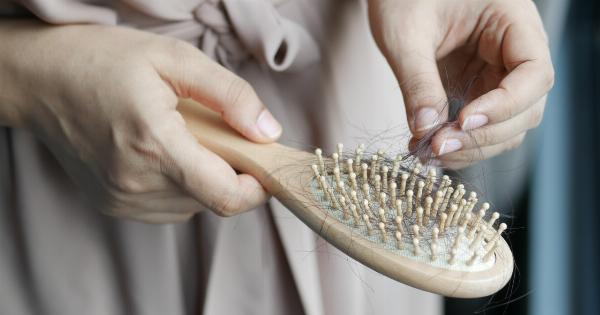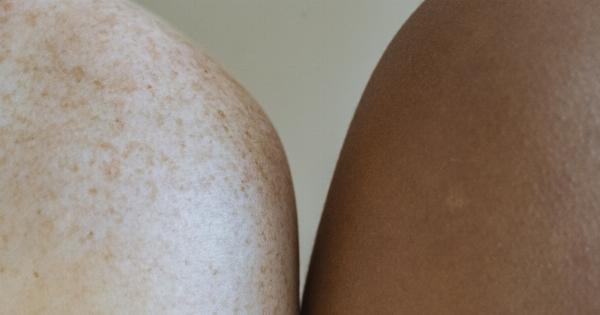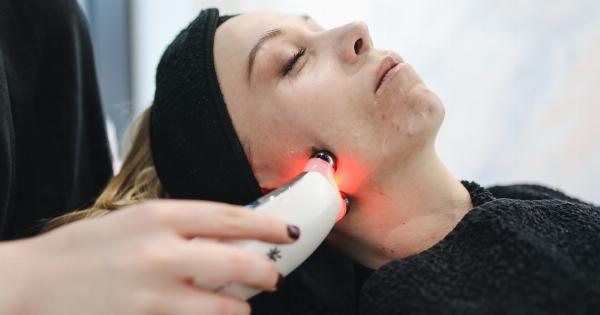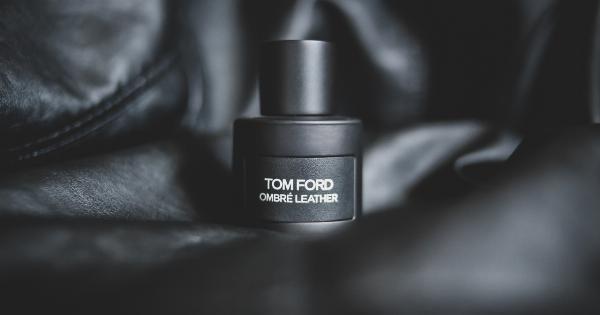Summer is just around the corner, which means it’s time to start thinking about hair removal for that bikini area.
Whether you’re a seasoned pro or a first-timer, there are a few things you should know before going in for the shave, wax, or laser. Here are 30 things to keep in mind to ensure a safe and smooth bikini area hair removal experience.
1. Determine your hair type
Before deciding on a hair removal method, it’s important to determine your hair type. Thin and fine hairs are typically easier to remove than thick and curly ones.
Understanding the texture and thickness of your hair will help you choose the right products and methods for your needs.
2. Decide on your preferred method
There are many ways to remove hair from your bikini area, including shaving, waxing, sugaring, laser, and electrolysis.
Each method comes with its own benefits and drawbacks, so be sure to do your research and decide on the one that’s right for you.
3. Exfoliate beforehand
Before removing hair, it’s important to exfoliate the area to help prevent ingrown hairs and ensure a smoother removal process. Use a gentle exfoliating scrub or brush to prep the area before you begin.
4. Clean the area thoroughly
Make sure the bikini area is clean and free of any oils or lotions before you begin hair removal. This will help the products or tools work more effectively and reduce the risk of irritation.
5. Take a pain reliever beforehand
If you’re prone to pain during hair removal, consider taking a pain reliever like ibuprofen or acetaminophen 30 minutes before you begin. This can help reduce discomfort and make the process more bearable.
6. Avoid hot water after hair removal
After removing hair, avoid taking hot showers or baths for at least 24 hours. This can cause irritation and make it more difficult for the skin to heal.
7. Apply a soothing cream or gel
To help calm and soothe the skin after hair removal, apply a cooling and moisturizing cream or gel. Avoid products that contain alcohol or fragrances, as these can irritate the skin.
8. Wear loose-fitting clothes
After hair removal, wear loose-fitting clothes to avoid irritation and allow the skin to breathe. Tight clothing can rub against the skin and cause discomfort.
9. Don’t shave if you have ingrown hairs
If you have ingrown hairs in the bikini area, avoid shaving until they have healed. Shaving can exacerbate the problem and make it more difficult to remove the hairs.
10. Never shave dry
When shaving the bikini area, always use a shaving cream or gel to lubricate the skin and reduce irritation. Shaving dry can cause razor burn and leave the skin feeling uncomfortable.
11. Shave in the direction of hair growth
To prevent irritation and ingrown hairs, shave in the direction of hair growth. Going against the grain can cause uneven hair removal and increase the risk of bumps and redness.
12. Change your razor regularly
A dull or dirty razor can cause irritation and increase the risk of infection. Change your razor regularly to ensure a clean and smooth shave.
13. Try an electric shaver
If you’re prone to irritation from traditional razors, consider trying an electric shaver. These can be gentler on the skin and reduce the risk of bumps and ingrown hairs.
14. Take your time with waxing
If you’re waxing the bikini area at home, take your time and follow the instructions carefully. Rushing can increase the risk of injury and make the process more uncomfortable.
15. Apply pressure after waxing
To reduce pain and inflammation after waxing, apply gentle pressure to the area with a cold cloth or ice pack. This can help reduce swelling and prevent ingrown hairs.
16. Be patient with sugaring
Sugaring is a gentle and effective hair removal method, but it can take longer than traditional waxing. Be patient and take your time to ensure a thorough removal process.
17. Consider laser hair removal
If you’re tired of constantly removing hair from the bikini area, consider laser hair removal. This permanent hair reduction method can save time and money in the long run.
18. Understand the risks of laser hair removal
While laser hair removal is generally safe, there are some risks to be aware of, including burns, skin discoloration, and scarring. Make sure to choose an experienced and licensed provider for the best results.
19. Avoid laser hair removal if you have a tan
If you have a tan in the bikini area, avoid laser hair removal until the tan has faded. The laser can cause burns and pigmentation changes on tanned skin.
20. Prepare for multiple sessions
Laser hair removal requires multiple sessions to achieve optimal results. Prepare for several appointments spaced several weeks apart to ensure the best outcome.
21. Understand the process of electrolysis
Electrolysis is another permanent hair removal method that uses electrical currents to destroy hair follicles. While effective, this method can be time-consuming and may require multiple sessions.
22. Be aware of the risks of electrolysis
Electrolysis can cause scarring and skin discoloration if not performed properly. It’s important to choose an experienced and licensed provider to minimize these risks.
23. Consider hair removal creams
Hair removal creams are a quick and painless way to remove hair from the bikini area. However, they can be harsh on the skin and may not work as well on thicker or coarser hair.
24. Test hair removal creams on a small area first
Before using hair removal creams on a larger area of the bikini area, test a small patch of skin first to check for any allergic reactions or irritation.
25. Avoid hair removal creams if you have sensitive skin
Hair removal creams can be harsh on sensitive skin, causing redness, itching, and irritation. If you have sensitive skin, consider using a gentler hair removal method.
26. Be aware of the risks of pubic hair lice
Pubic hair lice, or crabs, can be transferred during bikini area hair removal if proper hygiene practices are not followed. Make sure to clean and sanitize any hair removal tools and avoid sharing them with others.
27. Consider going to a professional
If you’re nervous about removing hair from the bikini area at home, consider going to a professional. They can provide a safe and effective removal process with minimal discomfort.
28. Choose a licensed and experienced professional
When choosing a professional for hair removal, make sure they are licensed and have experience with bikini area hair removal. This can ensure a safe and effective process.
29. Follow aftercare instructions carefully
After a professional hair removal session, follow the aftercare instructions carefully to ensure proper healing and avoid infection. This may include avoiding certain activities or products for a period of time.
30. Know when to seek medical attention
If you experience severe pain, itching, or other symptoms after hair removal, seek medical attention immediately. These could be signs of an infection or other issue that requires prompt treatment.



























